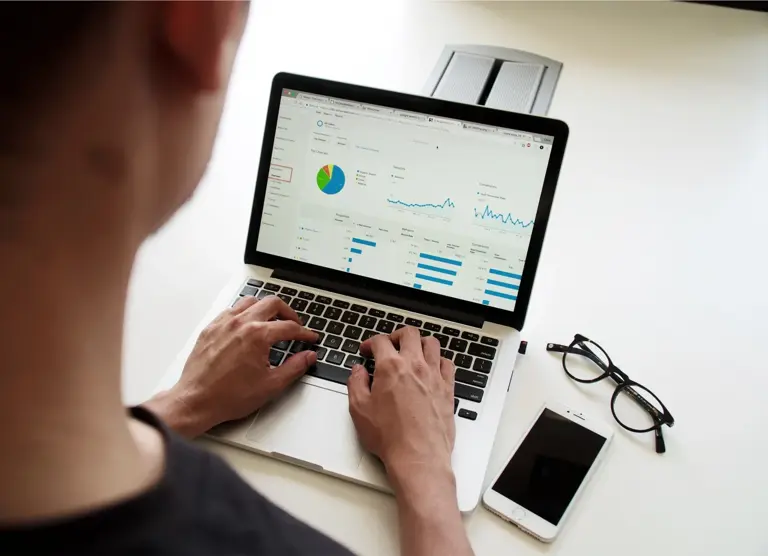




“A digital experience platform (DXP) offers an integrated suite of technologies to foster meaningful relationships by speaking, listening, and responding to their audiences.”
- Sitecore
Ok, but what does that actually mean?
Digital isn’t just websites anymore. Modern customers have much higher expectations than they used to and have come to demand a more relevant, engaging experience online than ever before.
In 2023 and beyond, delivering a truly seamless, multi-channel user experience will be what businesses need to get ahead of the competition.

In short, DXPs are designed to help businesses deliver the best possible experiences to their customers via a centralised way of managing the digital customer journey across all touchpoints.
Simply put, by having a unified, powerful tech stack in place, marketers and sales teams can create more meaningful, personalised customer experiences. Happy customer = happy business.
A traditional CMS (content management system) allows businesses to manage and create content, usually just for websites and applications. Typically, a CMS makes up the back end of a website and pushes content to the front-end which the user then sees. Depending on your use case, a CMS has some limitations, usually offering less omnichannel capability.
A DXP goes one step further in this regard, providing a fully integrated digital experience across all channels and devices.
The digital customer journey has evolved, and businesses should adapt to this.
A DXP offers multiple touchpoints that support the customer journey across various digital platforms, offering endless opportunities for richer online experiences. Some of the benefits of a DXP include:
A monolithic DXP is somewhat similar to the standard CMS, in that front-end and backend layers are coupled. A composable DXP on the other hand, is a digital experience platform that bridges the gap between the digital experiences of different datasets in an organisation like the customer, users, and employees. It removes the challenges posed by a monolithic DXP, and takes the user experience to a whole other level.

Not necessarily. A CMS might be the optimal solution for your business, and they are still fundamental in creating digital experiences. However, if digital is at the heart of your business, then you should consider a DXP when defining your digital strategy. Investing in digital really is critical for your future.
As digital strategies continue to evolve, and more and more channels enter the mainstream, having a DXP may be the answer to allowing you to maintain flexibility in the future. Businesses that leverage the power of DXPs today will be able to foster that advantage for the long run.
Let us walk you through how a unified DXP could work for your organisation.
